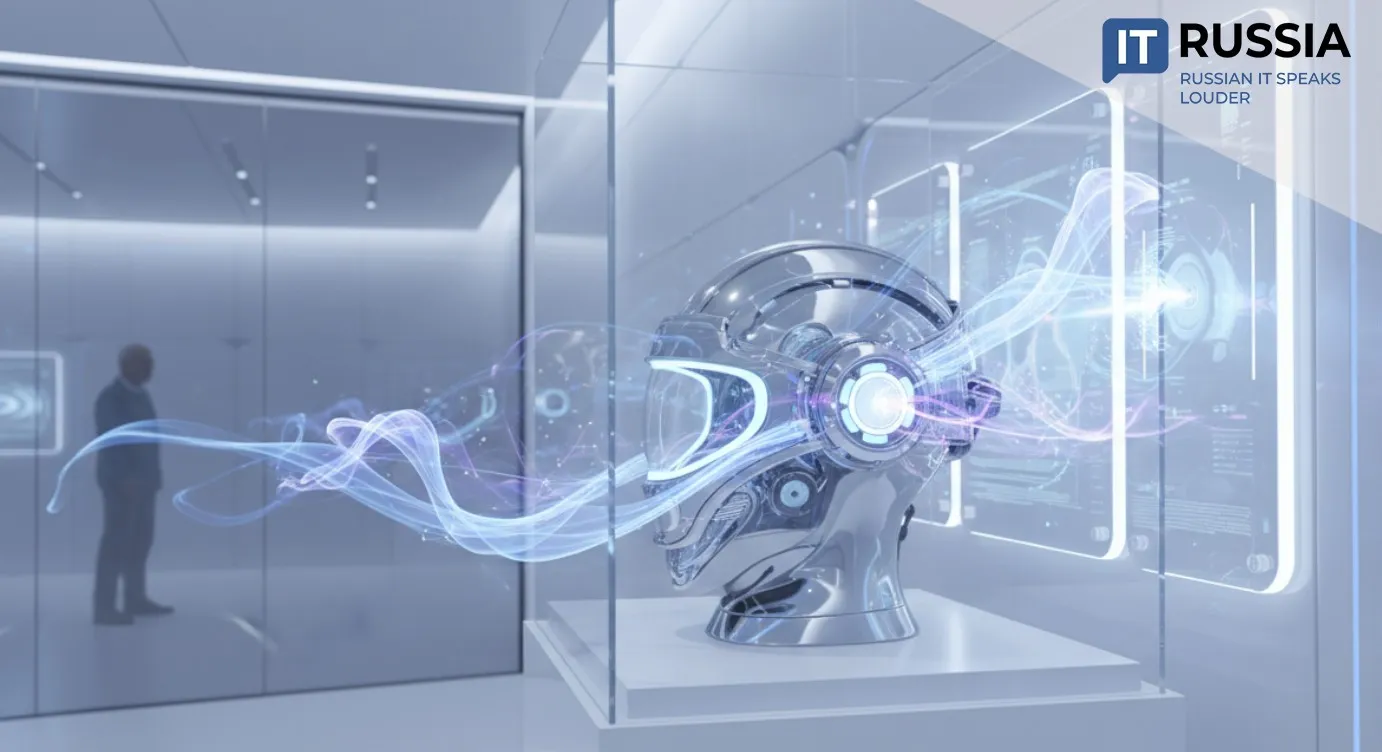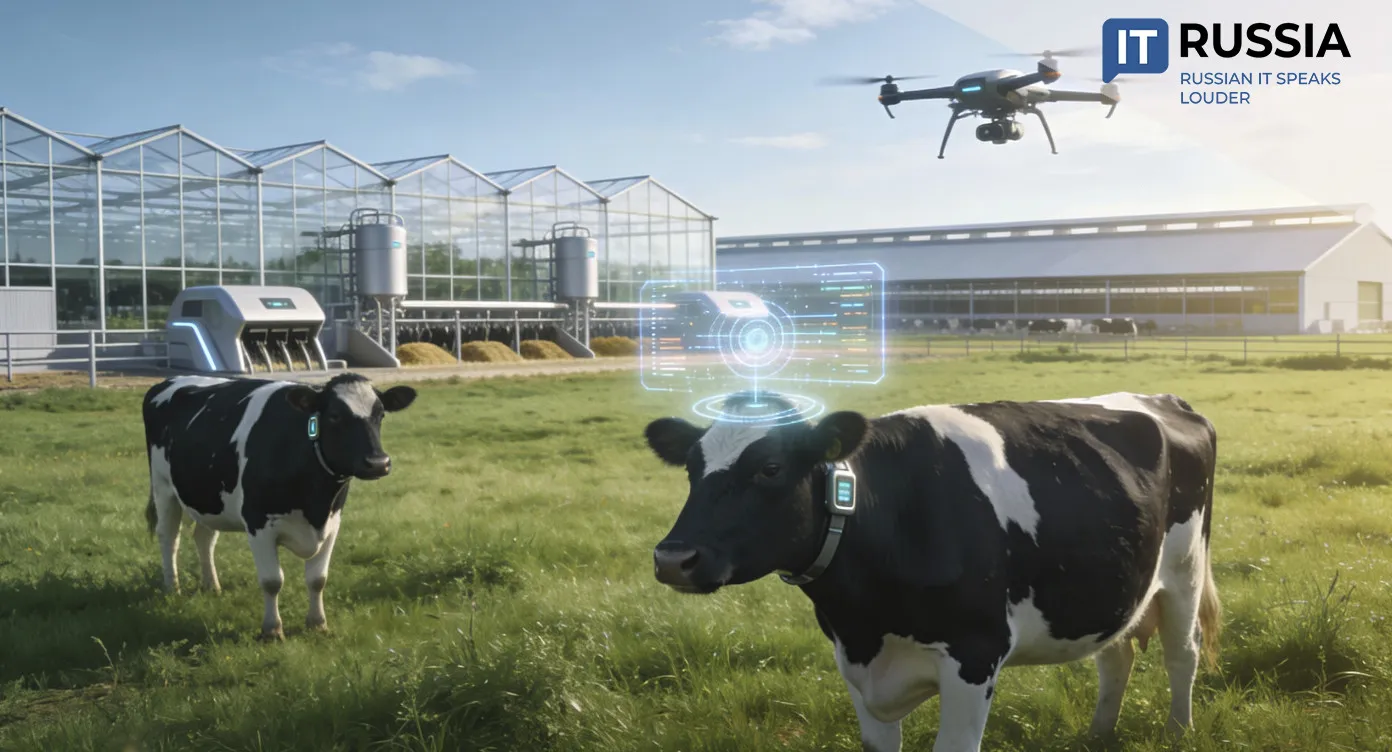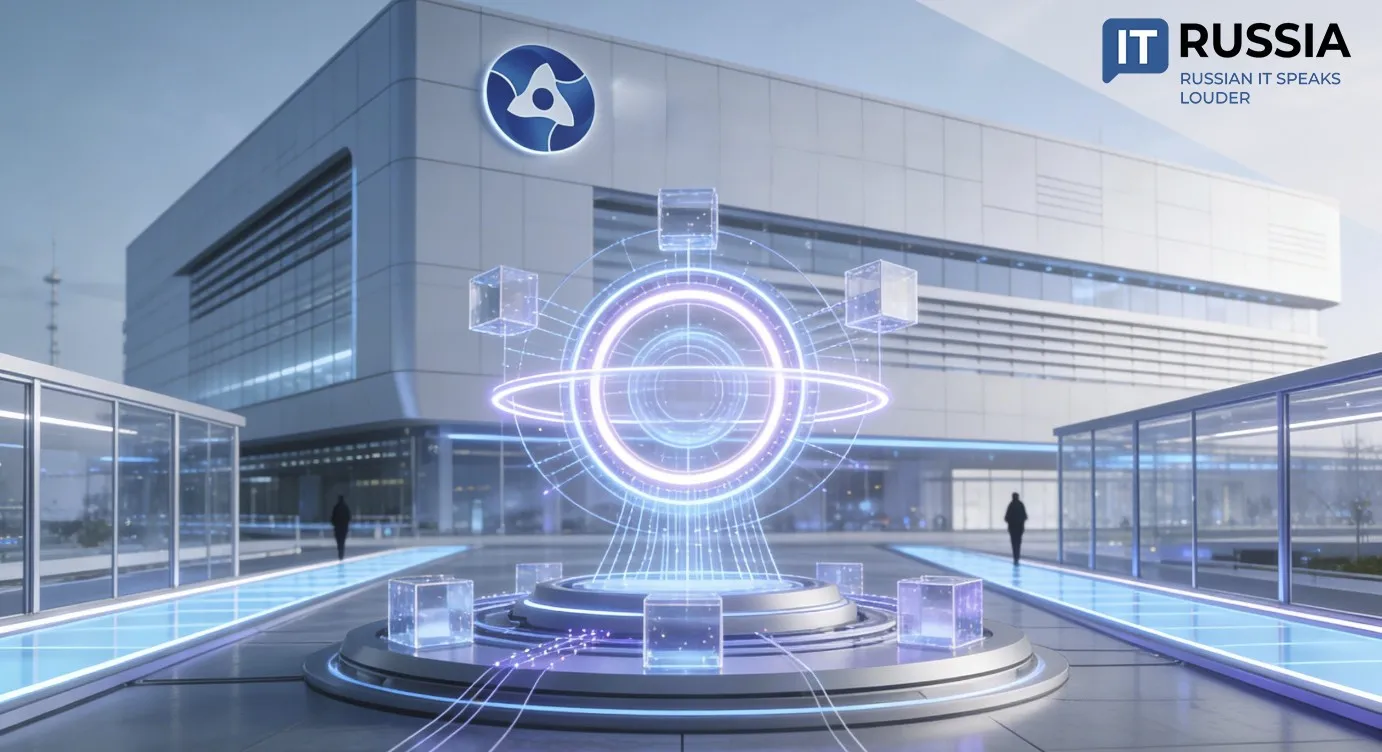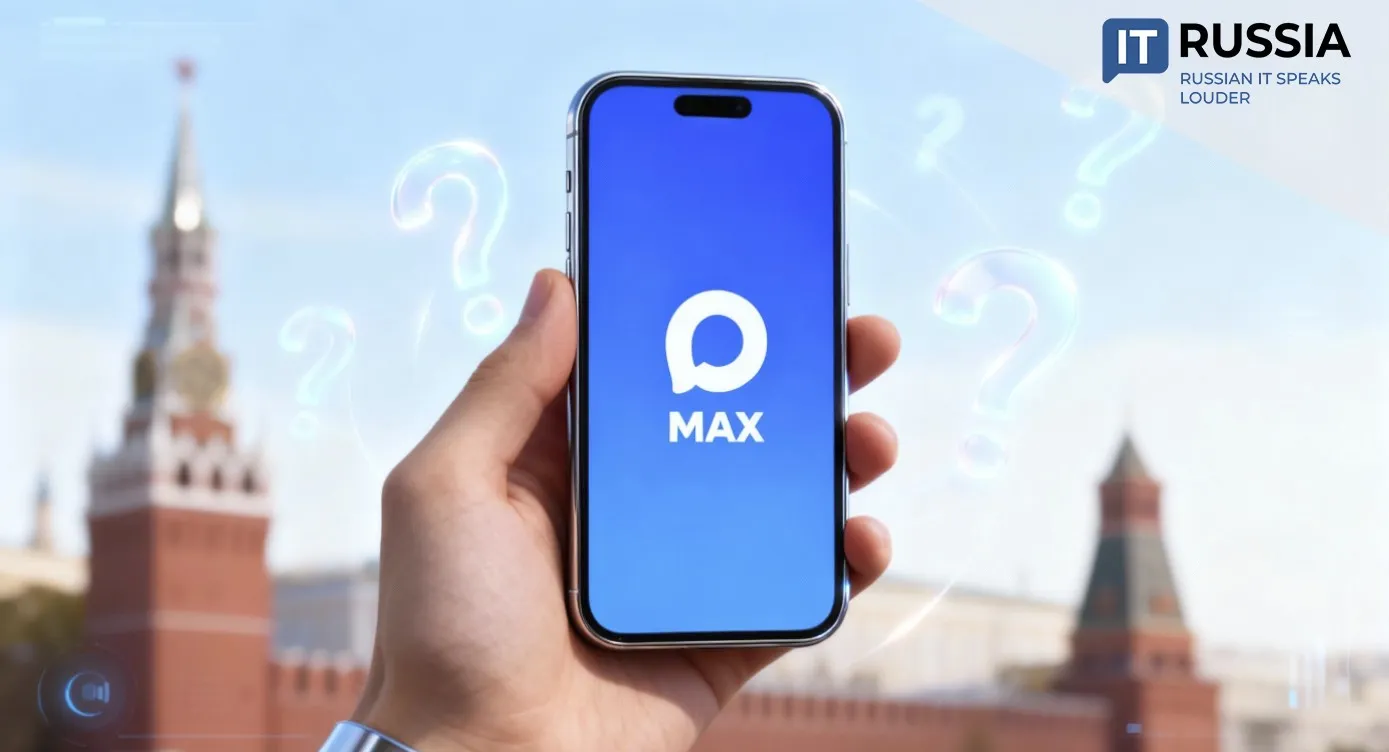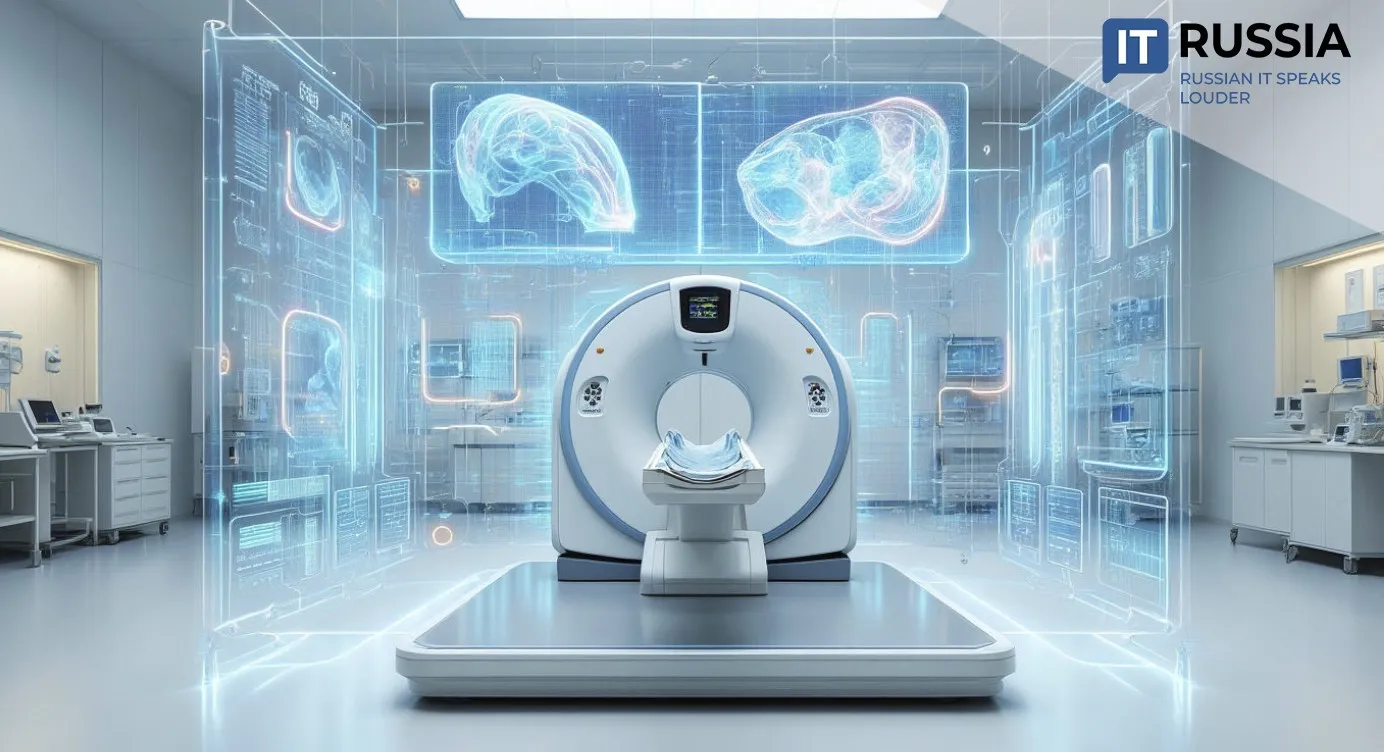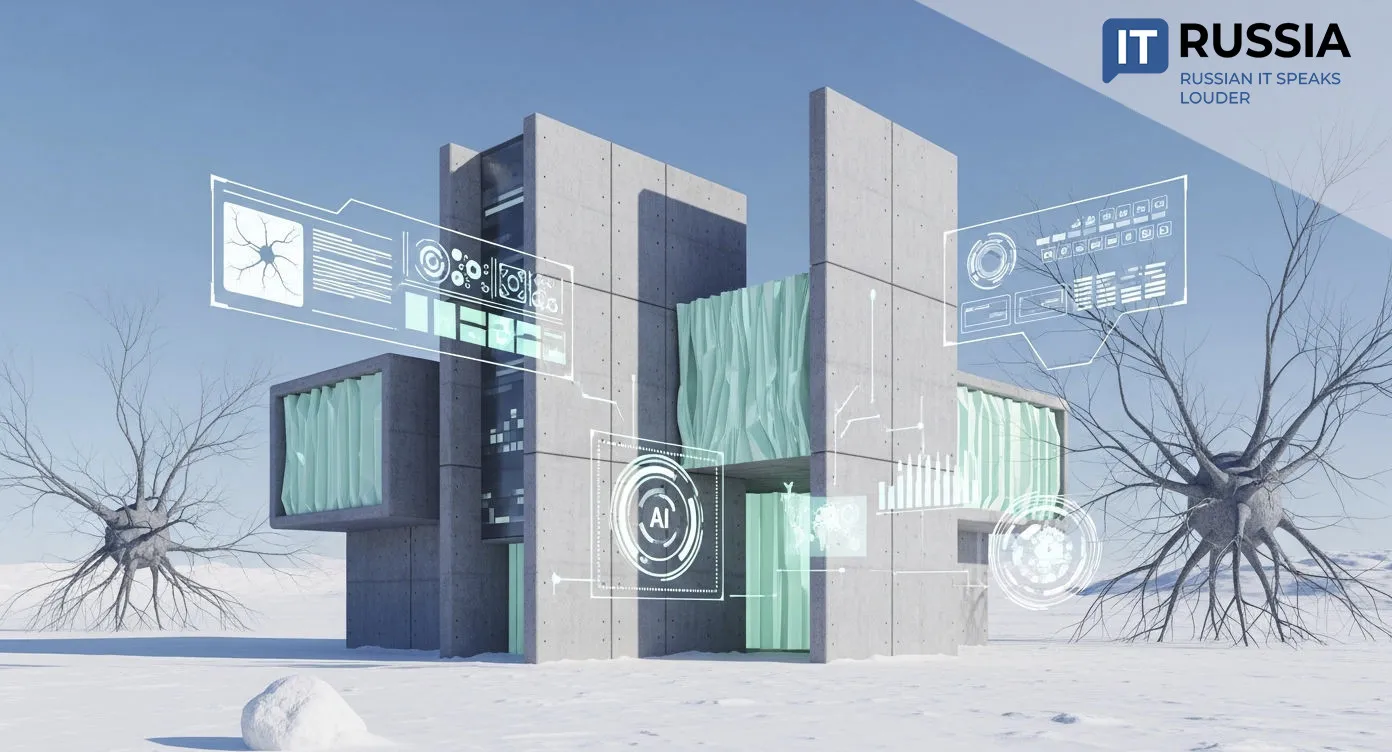Neural Networks Go On Air: MIET Students Build Smarter, More Reliable Communications
At the Moscow Institute of Electronic Technology (MIET), young researchers are developing a hybrid LDPC decoding algorithm that merges neural networks with a modified Min-Sum method. The project could make next-generation communications—5G and beyond—more efficient, resilient, and energy-saving.

Why LDPC and Neural Networks Matter for the Future of Connectivity
Low-Density Parity-Check (LDPC) codes form the backbone of modern data transmission standards, including 5G and the forthcoming 6G networks.
They protect information from noise and signal interference but traditionally demand extensive computational power. The MIET team’s hybrid approach fuses the classical structure of LDPC coding with adaptive machine learning. The neural network dynamically tunes the decoder’s parameters to channel conditions, enhancing accuracy without increasing processor load.

This balance between precision and efficiency opens the door to smarter, faster, and more sustainable communications—both in base stations and in consumer devices. The project received up to 400,000 rubles in funding under Russia’s Young Researcher competition.
From Concept to Lab Bench: Building an Innovation Ecosystem
The LDPC decoder project reflects MIET’s broader telecom innovation ecosystem. In 2023, the university’s Department of Telecommunication Systems launched the Mobile Communications Laboratory, a hub equipped with modern test benches and connected to industry partners. Programs like Priority 2030 and Young Researcher provide sustainable funding and cross-disciplinary collaboration, allowing ideas to move quickly from theory to working prototypes.
Over the next 6 to 18 months, the MIET team plans to evaluate performance metrics—bit error rate (BER), latency, and power consumption—before presenting results to leading telecom conferences. If validated, the algorithm could advance to FPGA or ASIC implementation, integrating into receiver front-ends.
This is not merely an academic exercise but a potential step toward deployable communications hardware. Notably, MIET previously built Russia’s first 5G prototype base station, accelerating industrial adoption of advanced telecom technologies.
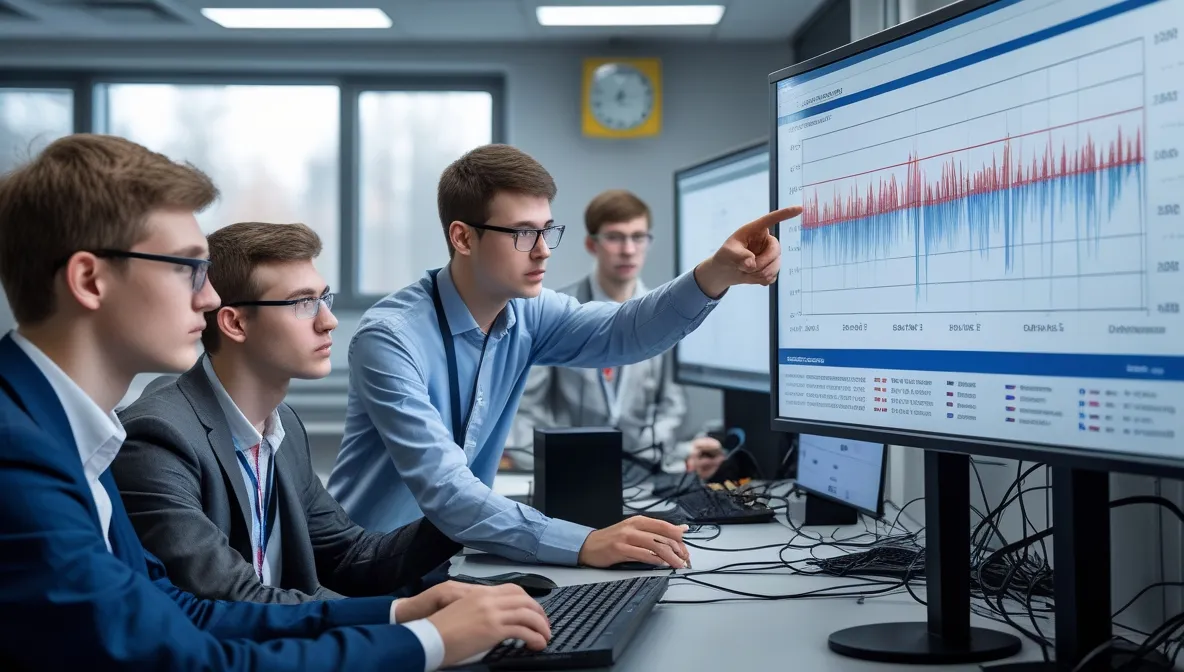
Russia’s Research Footprint in the Global Telecom Race
Research into neural LDPC decoding has surged worldwide, with papers regularly appearing in IEEE journals and major conferences. MIET’s work stands out for bridging fundamental science and applied engineering.
If successful, the algorithm could enter international publications or technology transfer initiatives, positioning Russia as a credible contributor to the evolution of digital communications.

The project also underlines a broader principle: innovation does not only emerge from corporate R&D centers but thrives in university labs—where infrastructure, mentorship, and young talent intersect. MIET exemplifies this model, acting as a nucleus for technological sovereignty and next-generation expertise in Russia’s scientific landscape.




